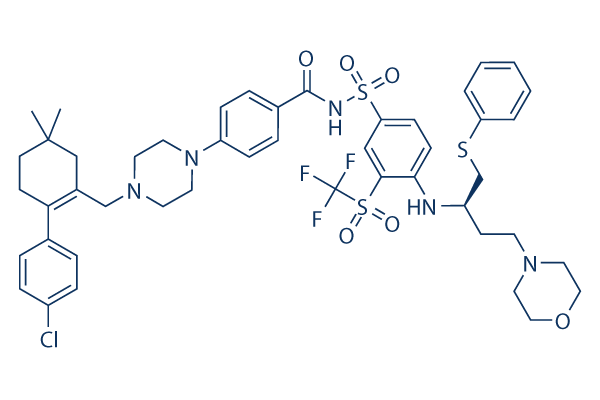Not too long ago, NeuN continues to be identified as the Fox 3 gene solution. Hence, we performed co labeling of anti NeuN with anti Fox 3 antibody. Inter estingly, we didn’t locate any distinction in Fox 3 expres sion all through the time course within the EAE, indicating no alteration during the quantity of neuronal cells throughout the time program on the EAE. The loss of NeuN immunoreactivity may possibly be accompanied with unique adjustments inside the EAE illness that lead to a adjust in NeuN antigenicity, as has become reported in other conditions. Moreover we analyzed the patterning of the neuro peptide calcitonin gene regulated peptide along with the nonpeptidergic isolectin B4. Although there was no distinction from the density of CGRP immunoreactive fibers inside the spinal dorsal horn in SJL EAE mice or manage mice throughout the time program with the EAE, we observed an increase in IB4 beneficial signals through the entire whole spinal cord with the onset from the condition.
We registered maximal enhance in IB4 ex pression with the peak stage within the disease, which decreased knowing it while in the chronic phase. For the reason that IB4 selectively binds activated microglia cells, our results indicate a powerful activation of microglia in SJL EAE mice at sickness onset and at peak phase from the condition. Co labeling studies with anti GFAP, a marker for astrocytes and anti Iba1, a marker for microglia cells, confirmed the expression of IB4 exclusively in microglia. As glia cells perform a vital position in EAE we investi gated the time program of astrocyte and microglia action within the spinal cord of SJL EAE and manage mice.
Immu nohistochemistry with anti GFAP antibody showed an increase in GFAP constructive cells at illness onset while in the spinal dorsal horn. The quantity of GFAP beneficial cells more JNK-IN-8 dissolve solubility increased while in the peak and chronic phase within the disorder, and cells grew to become activated as viewed by their morphological alterations. Similarly, working with the microglia exact anti Iba1 antibody, we saw an induction of microglia cells at disorder onset and from the persistent phase from the disorder and activation of microglia, which was evident by morphological changes. Due to the fact microglia and astrocyte activation plays a vital function in ache, we compared the time course of microglia and astrocyte activation in SJL EAE and C57 EAE animals in even more detail.
Interestingly, we uncovered a comparable activation of microglia as proven with anti Iba1 antibody while in the  dorsal horn within the spinal cord dur ing the onset phase in SJL EAE and C57 EAE mice, but to a lesser extent in C57 EAE mice as when compared to SJL EAE mice within the peak phase at the same time as within the persistent phase from the condition. To quantify the quantity of microglia cells from the chronic phase from the condition, we measured the fluores cence intensity in lamina I and II with the spinal dorsal horn and located a significantly greater fluorescence inten sity for Iba1 in SJL EAE mice as when compared with C57 EAE of astrocytes by using an anti GFAP antibody.
dorsal horn within the spinal cord dur ing the onset phase in SJL EAE and C57 EAE mice, but to a lesser extent in C57 EAE mice as when compared to SJL EAE mice within the peak phase at the same time as within the persistent phase from the condition. To quantify the quantity of microglia cells from the chronic phase from the condition, we measured the fluores cence intensity in lamina I and II with the spinal dorsal horn and located a significantly greater fluorescence inten sity for Iba1 in SJL EAE mice as when compared with C57 EAE of astrocytes by using an anti GFAP antibody.
Natural Product
A natural product is a chemical compound or substance produced
